Compared to other firms, running a B2B company may require a longer marketing procedure. In this instance, your marketing should emphasize how your products or services will improve their businesses rather than how your customers would gain from you. So, having an appropriate B2B sales funnel is crucial for businesses that deal with B2B transactions to acquire qualified leads and turn them into paying customers.
Unfortunately, about 68% of B2B businesses do not identify their sales funnel or have no idea about it. What you can infer from this is that although they are worried about the business going down, they don’t know where they are losing potential customers, which is undoubtedly a red flag for their B2B journey. Hence, today we’ll explore the key stages of the B2B sales funnel and how to navigate them effectively to drive more successful business results. Because, as a B2B salesperson, understanding the sales funnel is critical to the success of your business. So let’s get started.
What is a B2B Sales Funnel?
The B2B sales funnel, to put it simply, is a process or framework that B2B companies employ strategically to lead potential clients through the various stages of the buying journey. It’s a methodical process for developing relationships with leads, nurturing them, and eventually turning them into paying customers.
Regardless, the bottom line is that by using B2B sales funnels, businesses can optimize their sales processes and ensure that their resources are allocated wisely at each stage of the buyer’s journey. Additionally, businesses can adjust their marketing and sales efforts based on where they are in the funnel to better target prospects, which will increase revenue and conversions.
Stages of a B2B Sales Funnel
A typical B2B sales funnel has 4 stages. These stages are:
- Awareness
- Interest
- Decision
- Action

Each of these stages is important for a B2B business as they help in identifying potential customers, building relationships, and closing deals. Let’s take a closer look at these stages:
-
Awareness:
In this stage, potential customers become aware of your brand and what you offer. This is usually achieved through marketing and advertising efforts. The goal of the awareness stage is to get your brand in front of as many potential customers as possible. At this stage, businesses need to focus on creating brand awareness and attracting potential customers to their website or social media pages. Questions to ask at this stage are:
– What channels can we use to reach potential customers?
– How can we make our brand stand out from the competition? -
Strategies for Maximum Reach

- Content Marketing: Create blog posts, infographics, whitepapers, and webinars that address your target audience’s pain points and position your company as a thought leader.
Read more about How to do Social selling in the modern age - Optimize for Search (SEO): Use relevant keywords throughout your content and website to improve your visibility on search engines like Google.
- Targeted Advertising: Utilize paid advertising on platforms like LinkedIn or industry-specific websites to reach a precise audience.
- Leverage Social Media: Share valuable content and engage with potential customers on relevant social media platforms.
- Industry Events & Partnerships: Participate in trade shows, and conferences, or collaborate with complementary businesses to expand your reach.
-
Interest:
Once potential customers are aware of your brand, the next stage is to build their interest. This can be done through content marketing, email marketing, and social media engagement. The goal of the interest stage is to provide value to potential customers and build trust. At this stage, businesses need to focus on building relationships and educating potential customers about their products or services. Questions to ask at this stage are:
– What type of content would be valuable to our potential customers?
– How can we use social media to engage with potential customers? -
Strategies to Nurture Leads

- Lead Magnets with Value: Offer downloadable resources like e-books, checklists, or templates in exchange for contact information.
- Email Marketing Automation: Set up targeted drip campaigns providing relevant content and personalized offers based on lead behavior.
- Retargeting Ads: Utilize retargeting to stay in front of website visitors who have shown interest in your offerings.
- Personalized Outreach: Sales reps should follow up on inquiries with tailored communication, demonstrating your understanding of the lead’s needs.
- Webinars & Demos: Host webinars showcasing your solutions or schedule personalized demos focused on specific challenges.
-
Decision:
At this stage, potential customers are considering your product or service and are comparing it to the competition. This is the stage where you need to convince them that your product or service is the right choice. This can be done through case studies, testimonials, and demos. The goal of the decision stage is to provide the information that potential customers need to make a buying decision. Questions to ask at this stage are:
– How can we showcase our product or service as the best solution?
– What type of content can we provide that will help potential customers make a decision? -
Strategies to Seal the Deal

- Compelling Case Studies & Testimonials: Showcase real-world success stories from companies similar to the prospect, demonstrating the value of your solution.
- Thorough, Customized Proposals: Avoid generic proposals. Focus on addressing the prospect’s unique needs and quantifying the ROI they can expect.
- Consultation, Not Hard Sell: Position your sales reps as consultants who help the prospect make the best decision for their business.
- Anticipate & Address Objections: Proactively address common objections with evidence and clear solutions, building trust.
- Seamless & Secure Contract Process: Ensure a smooth contract negotiation and signing process to minimize friction and expedite the close.
-
Action:
The final stage of the B2B sales funnel is the action stage. This is where potential customers become actual customers by making a purchase or signing a contract. The goal of the action stage is to make the process as easy as possible for the customer. At this stage, businesses need to focus on providing excellent customer service and following up with the customer after the sale. Questions to ask at this stage are:
– How can we make the purchase process as easy as possible?
– How can we follow up with customers to ensure their satisfaction? -
Strategies for Customer Loyalty

- Customer Onboarding with Care: Dedicate resources to a structured onboarding process, ensuring new clients quickly see the value of your solution.
- Proactive Customer Support: Provide accessible and responsive support channels to address questions and resolve issues promptly.
- Regular Communication & Value: Maintain touchpoints with clients through newsletters, success stories, or exclusive content tailored to their interests.
- Upselling & Cross-Selling Opportunities: Understand client needs and identify opportunities to introduce additional products or services that provide value.
- Customer Feedback Loops: Actively solicit feedback through surveys or direct outreach to identify areas for improvement and foster a sense of partnership.
Mapping Your B2B Sales Funnel
Mapping your own sales funnel can help you understand your customer journey better and identify areas that need improvement. Here are some steps you can take to map your own sales funnel:

-
Identify your stages:
Start by identifying the stages of your sales funnel. This could be the same as the general stages mentioned earlier, or you may have a customized funnel for your industry or product. Write down each stage in a list.
-
Define your buyer personas:
Define your target audience and the different types of customers you want to attract. This will help you understand their needs and preferences at each stage of the funnel. For example, if you’re selling software to businesses, your buyer personas might include IT managers, marketing directors, and business owners. Understanding their needs and pain points at each stage of the funnel will inform your marketing and sales strategies.
-
Map your existing funnel:
Map out your existing funnel by identifying the touchpoints that customers have with your brand at each stage. This could include things like website visits, email signups, content downloads, and sales calls. You can use a simple worksheet or template to map out your funnel.
-
Identify bottlenecks:
Analyze each stage of your funnel for drop-off points and areas that need improvement. This will help you identify the bottlenecks in your funnel and make changes to improve the customer experience. You can use data analytics tools to track customer behavior and identify improvement areas. For instance, if many prospects abandon the free trial sign-up process at the payment page, this indicates a bottleneck that needs addressing.
-
KPIs and Metrics:
Determine the key performance indicators (KPIs) and metrics to track at each funnel stage. This will help you measure success and guide optimization. For example, you may want to track conversion rates, email open rates, website traffic, and customer lifetime value.
-
Tailoring the funnel:
Once you have mapped your existing funnel and identified bottlenecks, you can tailor your funnel to better meet the needs of your customers. This could include creating targeted content, improving your website user experience, or streamlining your sales process.
Fuel Your Business Growth With B2B Sales Funnel
Whether you’re a small business owner or a marketing professional at a large enterprise, developing an effective sales funnel is critical for driving growth and success. By focusing on providing value to your target audience at every stage of the funnel, you can build trust, establish your brand, and convert leads into loyal customers.
So, start mapping your sales funnel today and fuel your business growth with an effective B2B sales funnel. Want to learn more about how to optimize your B2B sales funnel? Subscribe to our newsletter for actionable tips and insights, and contact our experts with any questions you may have about training.
Explore our public training programs–
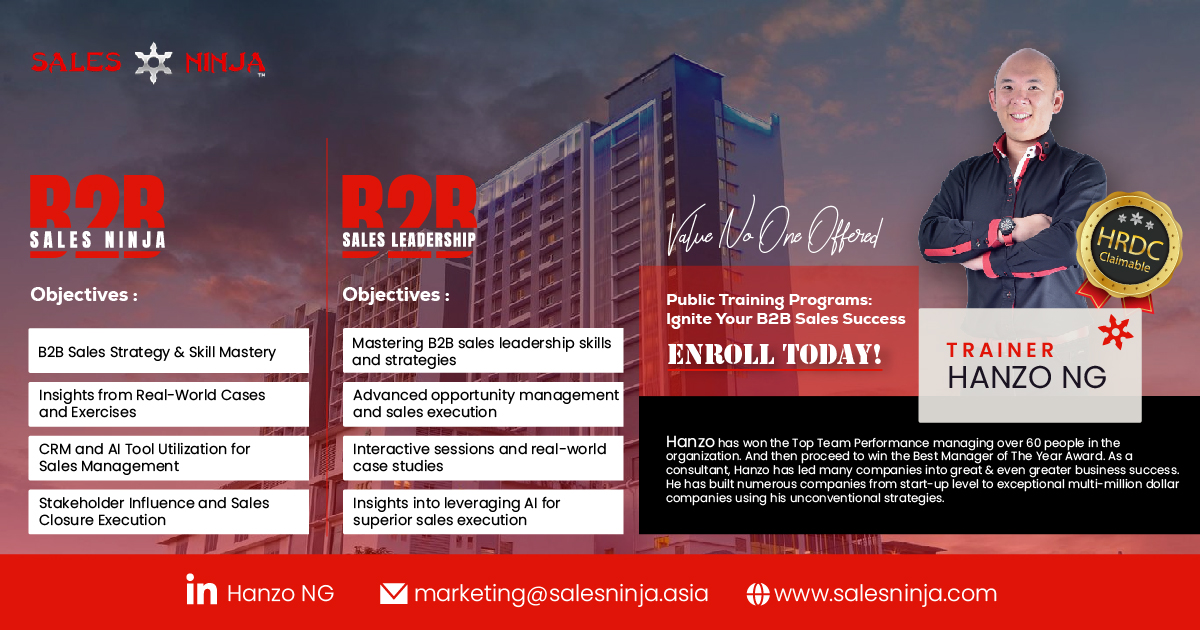


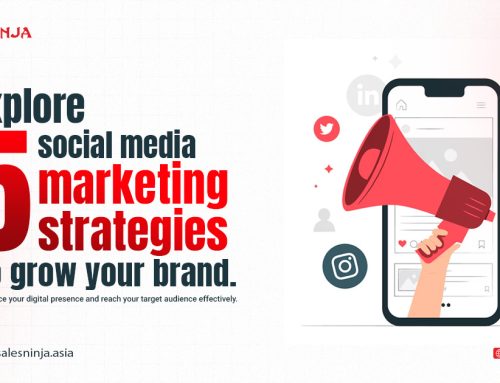
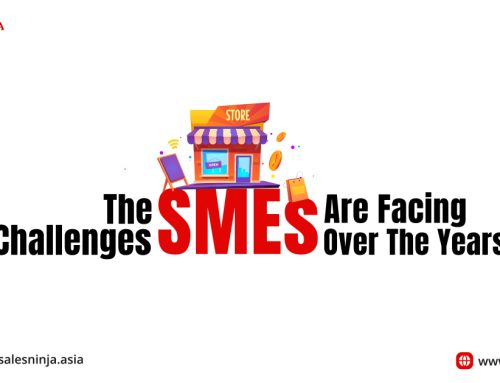
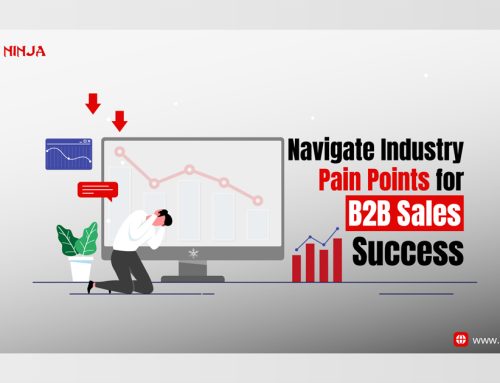
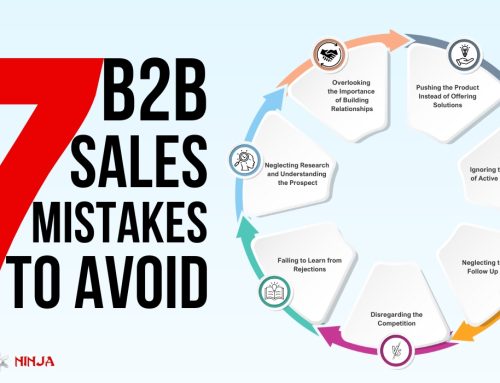
Leave A Comment